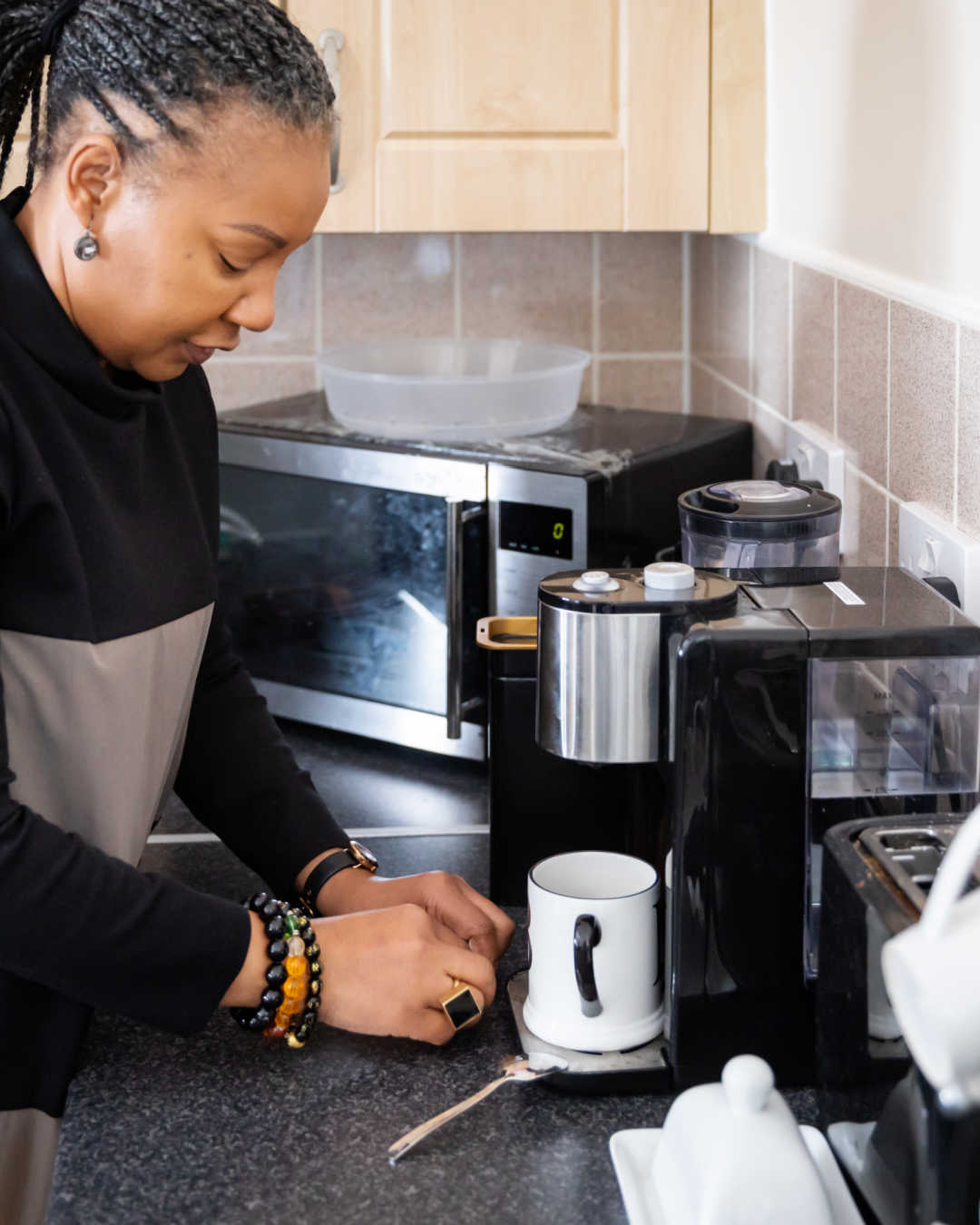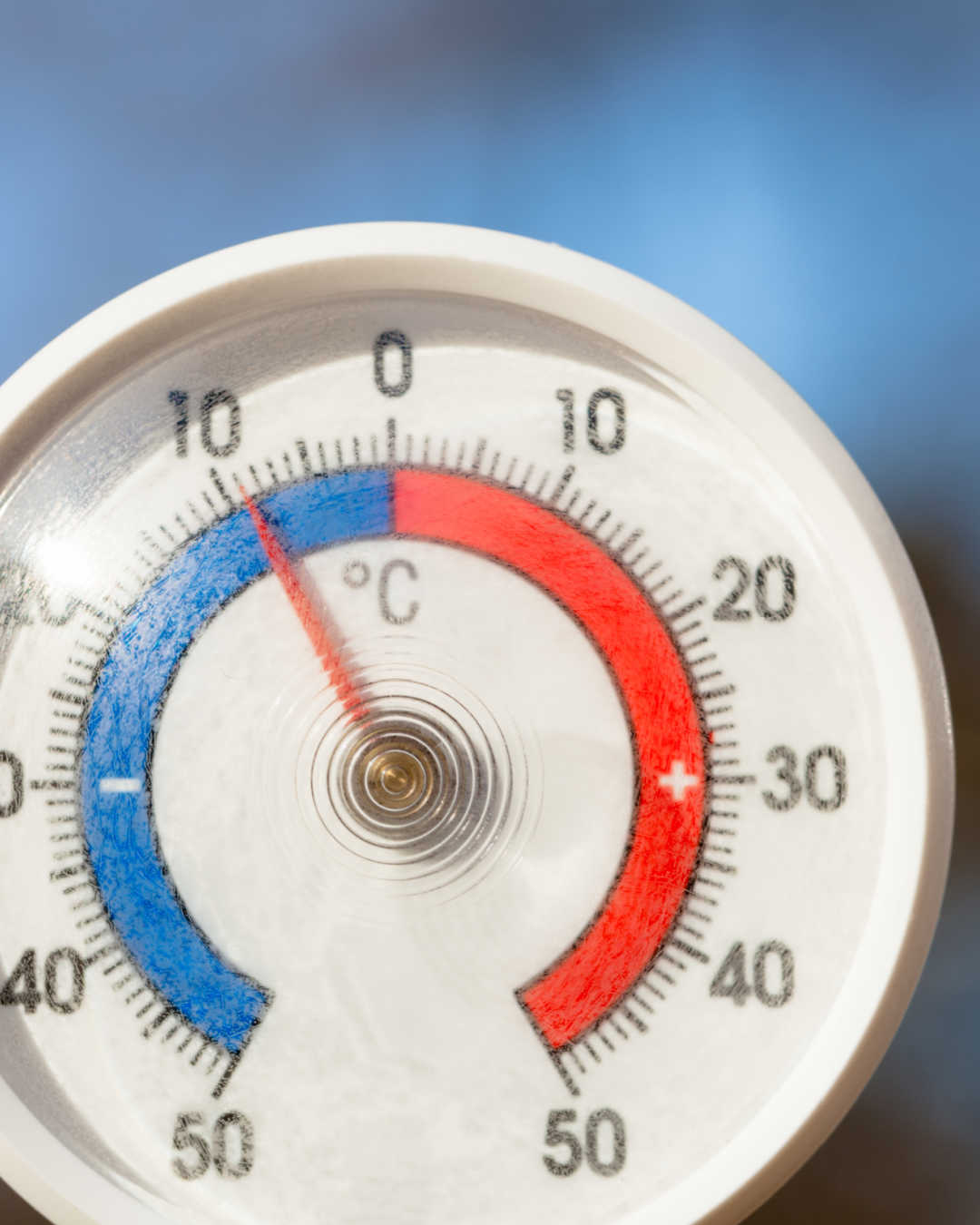
Drip coffee makers have a surprisingly complex yet essential feature to ensure the perfect cup: accurate temperature control. The temperature at which water brews coffee directly influences the extraction quality, aroma, and flavor. In this blog post I’ll explore how drip coffee makers determine brewing temperature, the accuracy and calibration of their sensors, how you can test your coffee maker’s temperature accuracy, and the best digital thermometers for this purpose.
Key Takeaways
These points capture the essence of how drip coffee makers manage temperature, why accuracy matters, and how you can test and maintain your machine for optimal brewing performance:
- Consistent temperature control leads to better coffee: Understanding, monitoring, and maintaining brewing temperature ensures more reliable extractions and a tastier cup every time.
- Brewing temperature is critical: Drip coffee makers rely on built-in sensors (thermostats, thermocouples, or thermistors) to keep the water temperature within the optimal range of 195–205°F (90–96°C), essential for good extraction and flavor.
- Sensor accuracy varies: Common consumer machines generally maintain temperature within a few degrees but are not perfectly precise. Higher-end models often use more accurate RTD sensors and advanced controls for tighter temperature regulation.
- Sensor drift occurs over time: Most drip coffee maker sensors begin to lose calibration accuracy after 1–3 years, with more noticeable drift by 3–5 years, often due to wear, repeated heating cycles, and mineral buildup.
- Regular maintenance helps: Descaling and cleaning can slow sensor deterioration and maintain brewing temperature consistency over time.
- Testing brew temperature is straightforward: Use a fast, accurate digital thermometer to measure the temperature of brewed water without coffee grounds, preferably at or near the water dispersion point.
- Routine testing interval: Check your coffee maker’s brew temperature at least once a year, increasing frequency as the machine ages or if you notice changes in coffee taste.
- Recalibration is rare and often not user-accessible: Most home machines don’t offer easy sensor recalibration; instead, users should monitor brew temperature and seek professional servicing if accuracy degrades.
Drip Coffee Maker Temperature Sensors
Drip coffee makers use built-in temperature sensors—primarily thermostats, thermocouples, or thermistors—to regulate the heating element and maintain water temperature within the ideal brewing range of 195°F to 205°F (90–96°C). This temperature window is recommended by leading coffee organizations such as the Specialty Coffee Association (SCA) to maximize the extraction of desirable coffee compounds.
Working Mechanism:
- The sensor monitors the temperature of the water just before it disperses over the coffee grounds.
- Once the water reaches the preset optimal temperature range, the sensor signals the heating element to cycle on or off, keeping the temperature stable.
- More sophisticated or premium machines may use digital sensors and electronic temperature controls for tighter regulation, whereas most common consumer models rely on simple mechanical devices.
These sensors do not “detect” the perfect temperature dynamically but operate on a predetermined target temperature range designed by the manufacturer. This ensures coffee is brewed within a consistent and appropriate range if the machine is functioning correctly.
Accuracy of Built-in Temperature Sensors

The accuracy of temperature sensors in drip coffee makers varies widely based on sensor type and machine quality:
Sensor Type | Typical Accuracy | Common Use | Notes |
Thermocouples | ±1–2°C (~±2–4°F) | Mid- to high-range consumer models |
|
Thermistors | ±1–3°C (~±2–5°F) | Affordable consumer models | Sensitive but less precise than RTDs |
RTDs (Resistance Temperature Detectors) | ±0.1–0.5°C (~±0.2–1°F) |
|
|
Factors Affecting Accuracy and Drift:
- Over time, sensors can drift out of calibration due to repeated heating cycles, mineral buildup (scale), and environmental conditions.
- Most consumer-grade machines tend to show noticeable drift after 1 to 3 years of regular use, with more pronounced inaccuracy by 3 to 5 years unless maintained.
- Machines with no user-accessible recalibration rely on professional servicing or sensor replacement to restore accuracy.
In practice, this means most consumer drip brewers maintain temperature within a few degrees but not perfectly, which can subtly affect coffee flavor—often felt as weaker or sour coffee if the temperature is too low.
When and How Often Should You Recalibrate?
Unlike professional or industrial sensors, most domestic drip coffee makers do not offer user calibration options. Instead, the focus should be on routine monitoring:
- Test temperature accuracy every 6 to 12 months during the first few years of ownership and increase frequency as the machine ages or if you notice changes in coffee taste.
- If your coffee maker allows sensor recalibration (some advanced models do), follow manufacturer instructions carefully for redressing drift.
- Otherwise, if the machine fails to heat to the correct range, professional servicing or sensor replacement may be necessary.
- Regular descaling and cleaning greatly reduce sensor deterioration caused by mineral deposits, stabilizing temperature control longer.
How to Test Your Drip Coffee Maker’s Temperature Accuracy

Testing your coffee maker for brewing temperature accuracy is straightforward and can be done with minimal equipment. Here’s a step-by-step guide:
- Obtain a Fast, Accurate Digital Thermometer
Choose one that reads temperatures quickly (within seconds) and is accurate to ±1°F or ±0.5°C around the 195–205°F range. See suggestions below. - Prepare Your Coffee Maker
Insert a paper filter but do not add coffee grounds. This allows water to flow naturally while you measure temperature without obstruction. - Measure the Brewed Water Temperature
- Place the thermometer probe just beneath the water dispersion area (under the shower head) or collect the first portion of brewed water (about 15 ml) in an insulated vessel and measure immediately.
- Take readings multiple times during the brew cycle to monitor peak and consistency.
- Evaluate Results Against the Target Range
Water temperature should ideally be between 195°F and 205°F (90–96°C). Lower or fluctuating readings may indicate sensor drift or heating element degradation. - Repeat Regularly
Checking every 6–12 months can catch sensor drift early and help maintain brew quality.
Recommended Digital Thermometers for Testing Coffee Brew Temperatures
[Note: amazon links are affiliate.]
Precision and speed are key when testing brew temperatures, especially because water cools quickly upon exposure to air. These digital thermometers are worth a look:
| Product | Image | Rating | Price | Instant Read Time | Special Highlights |
|---|---|---|---|---|---|
| Instant Read Meat Thermometer by TRAUSI |  | 4.9/5 (N=200) | $9.99 | 2-3 seconds | Waterproof Backlight for Low-Light Cooking Foldable Probe Magnetic Back for Easy Storage |
| Lonicera Digital Cooking Thermometer |  | 4.7/5 (N=3,900) | $12.99 | 2 seconds | Waterproof Backlit Display Includes Meat Temperature Guide |
| Lavatools Javelin PRO Duo |  | 4.7/5 (N=1,000) | $42.99 | 2 seconds | Auto-Rotating Backlit Display IP65 Water Resistant Professional-Grade Accuracy |
| ONIKK Digital Meat Thermometer |  | 4.4/5 (N=120) | $17.99 | 0.6 seconds | Motion-Sensing Wake/Sleep Magnetic Back Water Resistance |
Final Thoughts
While drip coffee makers rely on built-in sensors preset to maintain water within an ideal temperature range, these sensors are subject to normal variation and drift over time. Routine testing is the best way to ensure consistent brew quality.
- Performing simple temperature tests with a fast and accurate digital thermometer at least once a year can alert you to needed maintenance or sensor replacement.
- Investing in a quality instant-read thermometer can empower you to optimize your coffee brewing consistently.
- Regular descaling and keeping your machine clean prolong sensor life and brewing precision.
Perfecting drip coffee’s temperature control is an accessible goal, blending technology and simple routine checks to keep your daily cup delicious and reliable.
If you want to dive deeper or need personalized advice on calibrating your specific machine, check the manufacturer’s manual.